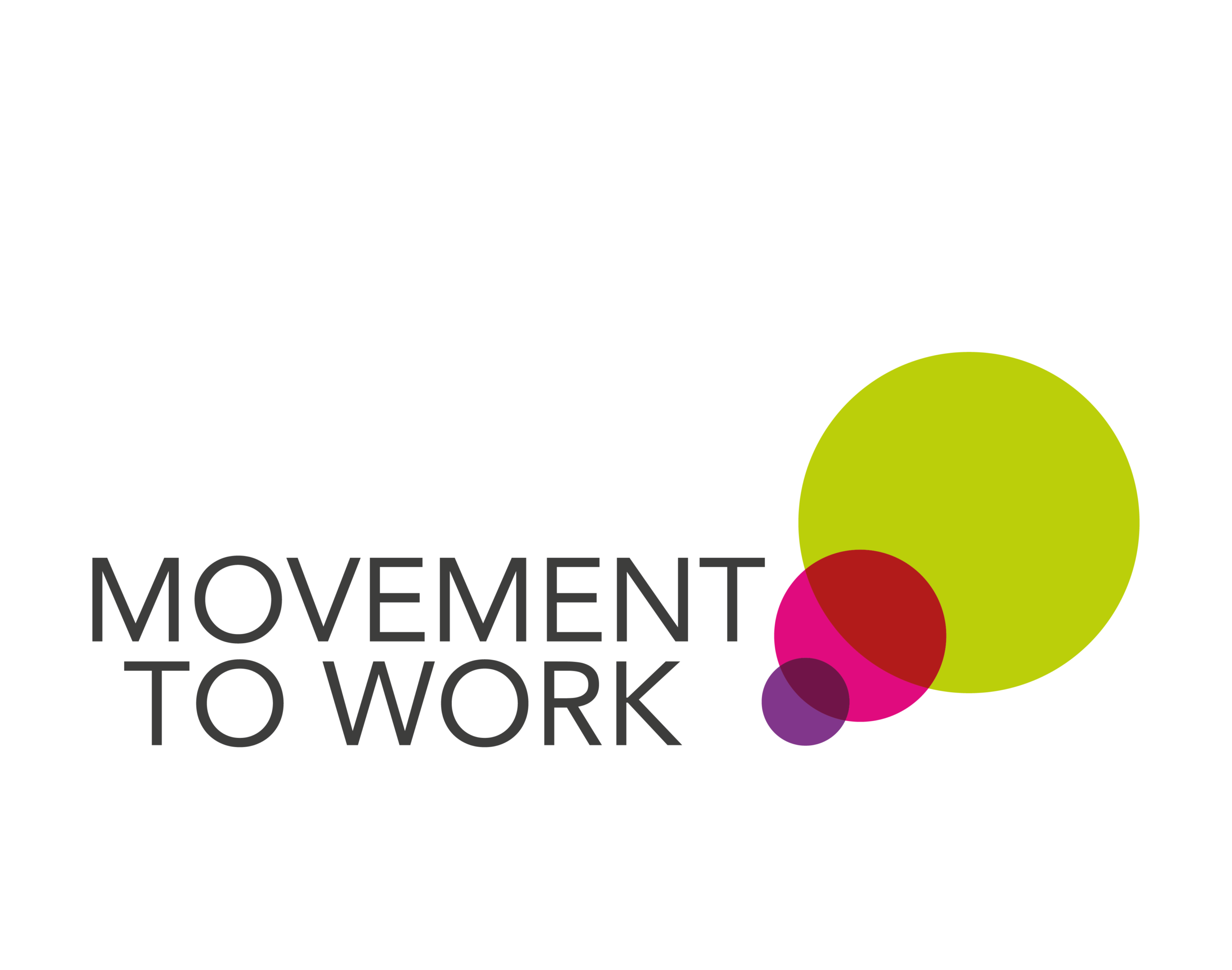The House of Commons released a full briefing paper on this month’s unemployment figures. Below is a summary of some key findings taken from the paper:
471,000 young people aged 16-24 were unemployed in October-December 2022, up 72,000 from the previous quarter and up 10,000 from a year before.
Youth unemployment is currently at a historically low level. The lowest level of youth unemployment since records began in 1992 was in June-August 2022, when there were 372,000 unemployed young people.
The unemployment rate (the proportion of the economically active population who are unemployed) for 16–24 year olds was 11.3%. This is up from 9.8% in the previous quarter and up from 11.1% the year before.
The number who are economically inactive (not in or looking for work) fell by 80,000 from the previous quarter but increased by 11,000 from the previous year to 2.67 million. 74% of the young people who are economically inactive are in full-time education. The inactivity rate for young people is 39.0%, down from 40.2% in the previous quarter.
Trends in youth unemployment
After reaching a peak of 22.5% in 2011 following the 2008 financial crisis, youth unemployment rates fell until the start of the pandemic to 12.3% in January-March 2020. Youth unemployment did initially rise after the outbreak of the pandemic, with the youth unemployment rate reaching a high of 14.9% in July-September 2020. Levels of youth unemployment were 15% higher in this quarter than they were pre-pandemic.
Since then, youth unemployment has been steadily falling. There were 60,000 fewer unemployed young people in October-December 2022 compared to January-March 2020, an 11% fall. The youth unemployment rate has fallen from 12.3% to 11.3% during this period.
It is still three times harder for a young person to find employment.
